Technical Communication Quarterly Special Issue
Vol 25, Number 3 (Fall 2016)
Games in Technical Communication
Deadline: March 30, 2015
Guest editors: Jennifer deWinter (Worcester Polytechnic Institute) and Stephanie Vie (University of Central Florida)
As Jeffrey David Greene and Laura Palmer (2012) have argued, the “rich history of documentation and enormous growth in gaming” means that “technical communication and game documentation belong together” (pp. 7-8). More broadly, Julia Mason (2013) noted that technical communication and games overlap in the areas of interface design, information management, and systems development (among others). And in the recent edited collection Computer Games and Technical Communication (2014), deWinter and Moeller collect sixteen essays together that examine workplace production, fan production, manuals, testing, and teaching within this intersection. The call for more research is clear. Thus, Technical Communication Quarterly invites contributions for a special issue of Technical Communication Quarterly on video and computer games entitled Video Games in Technical Communication that explore this important intersection, specifically focusing on industry production, technical documents for internal and external use, and player involvement in document use and generation.
Games are both technical and symbolic. The gaming industry pushes technological innovation through complex dialectics amongst large and small game developers, hardware developers, distributors, consumers, hackers, congress people, journalists, ESRB raters, parents, IP lawyers, and many others besides. Further, computer games are symbolically communicative, relying on written, verbal, visual, algorithmic, audio, and kinesthetic information to convey information. Technical communication scholars are uniquely poised to investigate this intersection between the technical and symbolic aspects of the computer game complex.
TCQ seek proposals for manuscripts of 6,000-8,000 words (25-33 double-spaced pages, including references and notes) that attend to the intersection of games and technical communication.
Contributors are encouraged to consider the following possible four areas of interest when composing their proposals (however, other areas are welcome):
Production
● What types of documentation support computer games as technical artifacts?
● How do documentation practices in the computer games industry relate to technical communication as a field?
● Who are the actors in game-based documentation (technical writers, fans, game developers, etc.) and how do they shape the intersection of games and technical communication?
● How might race, gender, age, and sexual orientation play out in the computer game complex as they particularly intersect with documentation?
● How does the increasingly globalized production and circulation of computer games affect documentation practices? How might national markets and globalized markets work in conjunction or against one another complicate the types of communication that occur? What might technical communicators need to do to navigate the dynamic workplaces engendered by these tensions?
Game Culture and Documentation
● What types of manuals and supporting literature exist for games? What are the material and economic conditions within which these are created? Who creates these documents?
● How can games be used to teach procedural approaches to complex activities (in lieu of manuals, for example)?
● How does modding culture affect technical communication in games? How might the field of technical communication analyze and respond to modding?
● How are communities created and maintained in online environments (i.e., fan cultures, fan walkthoughs, communities managers, social game spaces, and so forth)? What types of documentation supports or arises in response to the technical and social exigencies of gaming communities?
User Testing and Play-testing
● What are the similarities and differences between usability testing and playtesting?
● How might experience design, narratives, art games, and the like affect user testing and playtesting? How might the field of technical communication respond to these new demands and what might we learn from them?
● What can technical communication as a field learn from playtesting?
Research Methods & Ethics
● What methodologies can researchers employ at the intersection of games studies and technical communication? How might these methodologies account for the complexities of production, global circulation, and participatory consumption?
● What are the ethical considerations concerning ownership, power, participatory culture, and content that researchers in technical communication should consider in game studies?
In addition to academic articles, we would consider contextualized interviews with a practicing technical communicator in the game industry. If you are interested in pursuing this option, then for your proposal, please include the name, position, and duties of the person that you want to interview along with a rationale that addresses what the TCQ readership would gain from a conversation with your proposed expert-practitioner.
Please send proposals of 500-750 words to Stephanie Vie, and Jennifer deWinter by March 30, 2015. Submissions should include full contact information for all proposed authors; collaboratively authored proposals are welcome. TCQ also welcomes email inquiries from potential contributors and from people who would like to serve as reviewers for this special issue of TCQ. Authors will be invited to submit full drafts of accepted articles by July 15, 2015.
For those interested in contributing book reviews on games and technical communication, please contact the guest editors directly by March 30, 2015 at the email addresses listed above.
California State University, Northridge seeks candidates for a tenure-track assistant professor specializing in Digital Humanities skills (e.g. Mapping, Network Analysis, Data Visualization, Data Mining, Data literacy, Digital Scholarly editing).


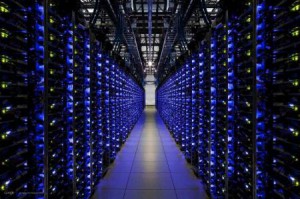
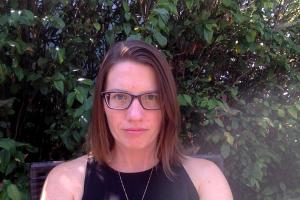
 The course nicely culminated in the interdisciplinary symposium
The course nicely culminated in the interdisciplinary symposium 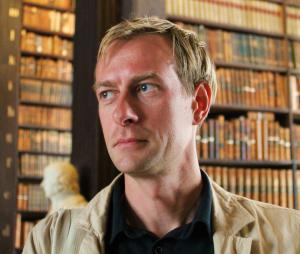
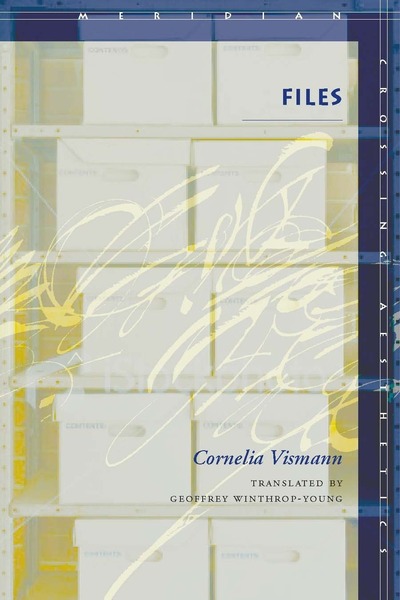




 In the courses I teach, I can show a striking contrast of work. Recently in my Contemporary International Art Cinema class, I screened a slow, meditative Iranian film called The Circle. That same week in my Global Hollywood class, I showed a fast-paced episode of the TV show Game of Thrones. What accounts for the difference in pacing of these two works?
In the courses I teach, I can show a striking contrast of work. Recently in my Contemporary International Art Cinema class, I screened a slow, meditative Iranian film called The Circle. That same week in my Global Hollywood class, I showed a fast-paced episode of the TV show Game of Thrones. What accounts for the difference in pacing of these two works?



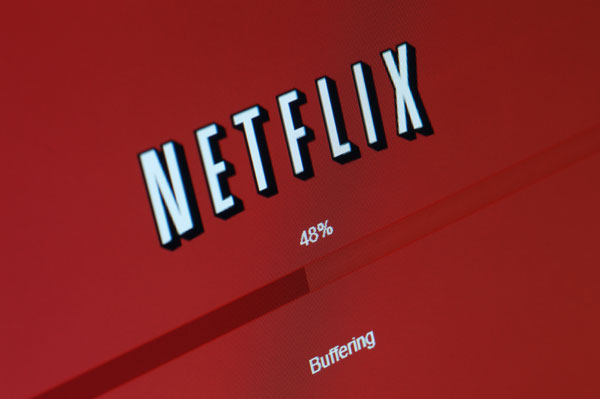 Currently, I am interested in streaming media, in particular streaming content providers such as Netflix and Sling. While these services deliver what we would think of as traditional media content, like television shows and films, their delivery stream is very different. It’s really shaking up the industry, as we now have new categories of consumers, such as “cordcutters” and “cordnevers,” along with new concepts, such as
Currently, I am interested in streaming media, in particular streaming content providers such as Netflix and Sling. While these services deliver what we would think of as traditional media content, like television shows and films, their delivery stream is very different. It’s really shaking up the industry, as we now have new categories of consumers, such as “cordcutters” and “cordnevers,” along with new concepts, such as 






![Poster[2]](https://blogs.uoregon.edu/newmediaculture/files/2015/02/Poster2-1hxudga-194x300.jpg)
 Danny O’Brien
Danny O’Brien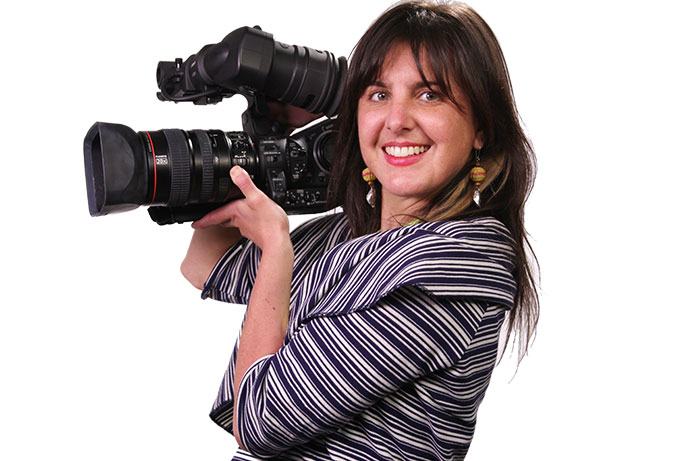 Madeleine Bair
Madeleine Bair Gabriela Martinez
Gabriela Martinez Endalk Chala:
Endalk Chala: Tewodroe Workneh
Tewodroe Workneh